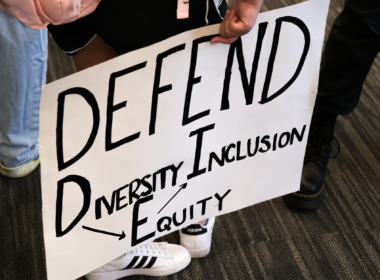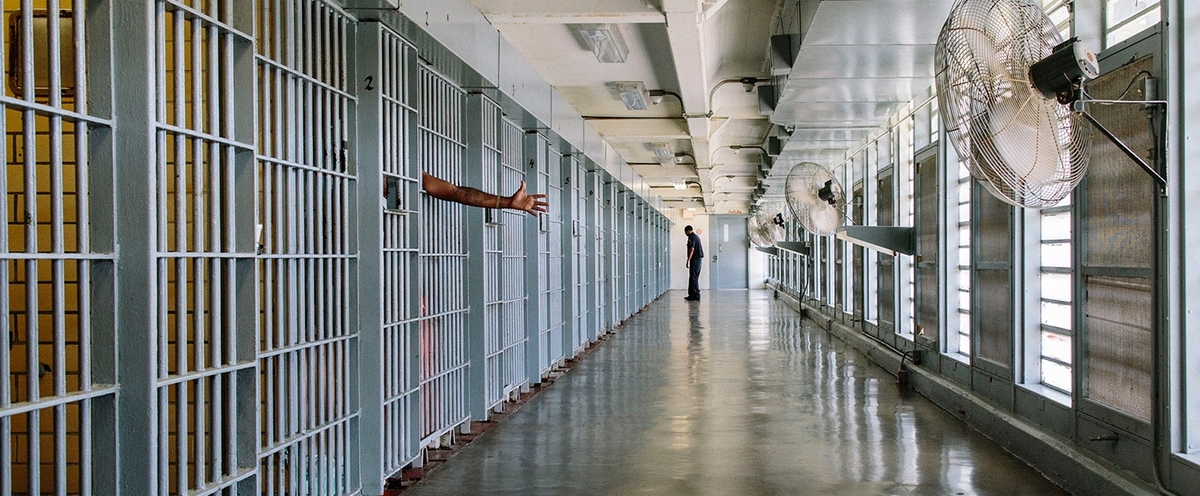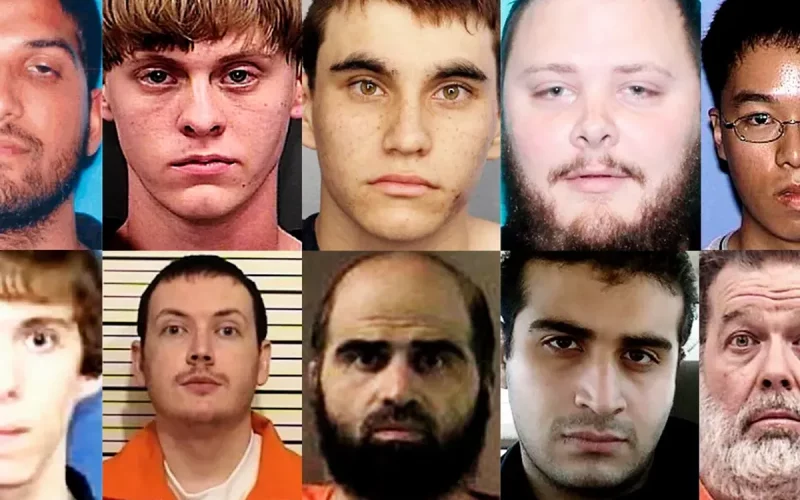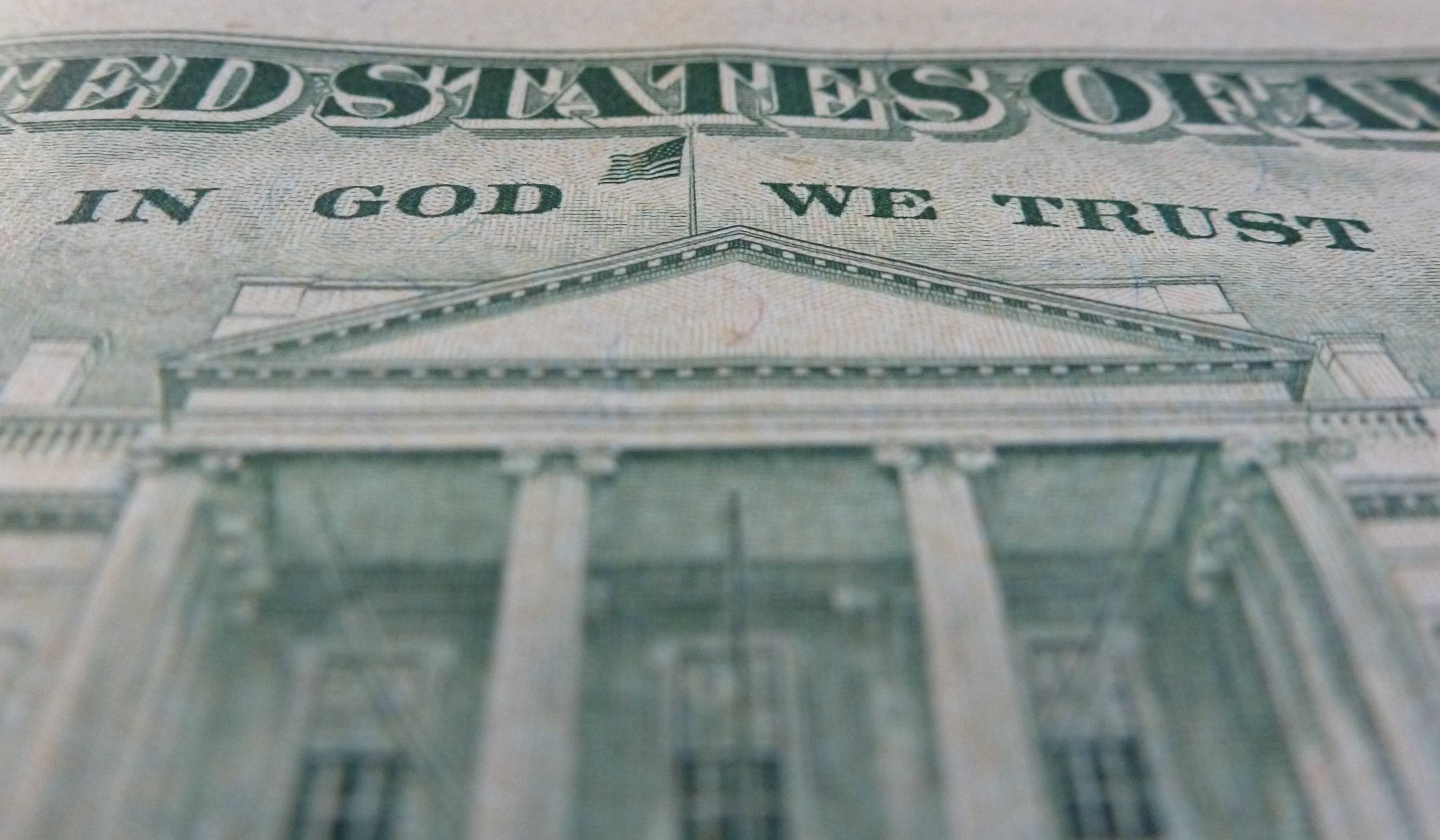The United States has the highest number of incarcerated people in the world at 2.2 million. We have more than 25 percent of the world’s prisoners, although we have just 4.25 percent of the world population. Despite our global dominance in sheer number of prisoners, we hardly excel at incarceration – we have a criminal justice system that is overwhelmed, bloated with corruption, biased, prejudicial, and punitive with little understanding of the psychological and real-life impact of how these factors perpetuate the problems the system allegedly exists to correct. Our prison system sucks – I should know, my husband spent 20 years of his life in it.
With a rate of 629 per 100,000 people, the United State’s incarceration rate is the highest of any nation on the planet. There are ten that rank even higher – all ten are U.S. states, with Texas at 10th highest rate – 840 prisoners per 100,000 people. While statistics can give an idea of the scale, to see the cost and effects of incarceration, we must look deeper.
Prisoners in the U. S. are subject to gross violations of their rights, privacy, and bodily autonomy on a daily basis. They are provided with the bare minimum to live. Our government has failed us – our police do not protect us, our prisons exacerbate existing socioeconomic inequalities and inflict generations of trauma. Our federal and state governments have wasted a trillion dollars on the war on drugs and incarcerated thousands of people for non-violent offenses, overflowing our prisons, ripping children away from their parents, and destroying communities. By all estimates, drugs won the war on drugs. The poor and POC were, by and large, the two populations most criminalized by and most often victims of that war. In communities with high rates of incarceration, there are ripple effects – people who live in these “high-exposure” areas report higher rates of anxiety and depression, even after controlling for other major factors. I am a firsthand witness to the tidal wave of devastation that trauma brings. Trauma is a contributing factor in many of our society’s ills and individual problems – it is what feeds addiction, causes or exacerbates depression and anxiety, drives people to hurt others. Our prison system causes more trauma – rather than attempting to heal and rehabilitate, it exists to exploit, abuse, and humiliate.
In 2017, some Texas prisons near Houston flooded due to Hurricane Harvey and left thousands living for days knee-deep in sewage without access to running water or a bare minimum of food and water. If someone treated an animal that way, we would volley to have them held accountable. TDCJ denied that it happened.
The summer of 2022 brought record-breaking heat and drought across Texas. Living in intolerable heat with no other choice than to tolerate it causes excess stress to one’s mind and body. The fact that anyone is living in a metal or concrete box in temperatures of 100 degrees and hotter is inhumane; that is the reality for thousands of prisoners in Texas. Eleven years ago, there were at least 10 heat-related deaths documented during the historic 2011 summer heat wave. As of 2017, as many as 77 of the 106 Texas prisons lacked air conditioning; a lawsuit brought by Texas prisoners that year stated there had been 23 heat-related prisoner deaths since 1998 – the true number of heat casualties is likely much higher.
Texas prides itself on spending the lowest amount of money possible on each prisoner – $22,751/year per prisoner. In 2021, Texas lawmakers finally passed a bill that would require all prisons to have air conditioning installed by 2029, limiting approved cost at $300 million. The fine print read that if the state or federal government failed to allocate funding to cover the cost, the prison system would be absolved of the responsibility and could bail without repercussions. In Texas, the interior temperature of a vehicle parked in the sun in the summer is hot enough to cook burgers on your dashboard, and we’re cooking people inside our prisons in the same way.
In the Texas summer, AC is less about comfort and more about survival. In addition to the lack of air conditioning, the lack of appropriate sanitation and closed toilets, the confined spaces, and poor ventilation mean that disease spreads like wildfire through a unit. When the norovirus swept through one maximum-security unit in Texas, it took four days to race through the 3,000-man population.
During the first years of the COVID-19 pandemic, there were people granted parole left sitting in prisons for months before being released, and some of them died waiting. My husband paroled in the first year of the pandemic. A good friend of his was granted parole at the same time but remained in prison months longer because there was no place for him to land once outside. According to the COVID Prison Project, several hundred Texas inmates died from COVID – the highest total COVID inmate death count of any state or federal system. During 2019-2020, total numbers of deaths increased by 46 percent in prisoners, 32 percent in parolees, and six percent in people on probation. At the same time, jails held a larger share of people with no convictions than ever.
Texas prisoners are disproportionately POC and poor. In Texas – and on a national level – POC are more often arrested and convicted of crimes. People of all races from poor homes and communities are socioeconomically disadvantaged and have higher rates of incarceration. Whenever they enter the criminal justice system, they often do not have the money available to pay for a private attorney. Among white men aged 20-34, one in 57 is arrested. However, when those men don’t have a high school diploma, that number skyrockets to one in eight. In men aged 18-64, one in 36 Hispanic men and one in 12 black men have been arrested. Texas is majority white, although it has an impressive Hispanic population. The racial disparity between state and inmate populations is apparent – there is a disconnect.
There are 163,000 people currently held captive in state prisons, and Texas cannot safely house and care for those inmates. Since 1983, the state incarceration rate has gone up 329 percent. Texas’s population is expected to be about 55 million by 2050; if the prison population maintains the same percentage, the state prisons will house approximately 300,000 prisoners by that time. For those inside and those who never let go, those numbers are disturbing. Unfortunately, many people do not have others on the outside. Locked in a cage, deprived of love and relationships, given inadequate nutrition, worked without compensation – the list goes on; is it so surprising that some people in prison might react with violence? If you live in a powder keg, the slightest spark can cause an explosion. Without anything to feed their soul, people deteriorate. The whittling down of one’s support group at what is the worst time in their life only compounds the traumatic impact on the individual.
Though Texas fails to pay prisoners for their labor, it doesn’t fail to capitalize on it. Unpaid prisoner labor earns TDCJ an estimated $77 million annually through the sale of goods and services. Texas prisons get more than $3.7 billion each year from taxpayers to cover the cost of care for prisoners. In addition to the profit from prisoners’ labor and production and the billions in tax dollars, the Prison Policy Initiative estimates that nationwide the prison system makes approximately $2.9 billion a year on commissary and phone calls. That cost doesn’t factor in what families and loved ones spend on gas, food, lodging and other costs (lost wages, for example) associated with traveling to a prison unit for visitation.
The pandemic brought a total shutdown of visitation in Texas prisons and greatly limited incoming mail. Despite this, drugs made their way into prisons. The Texas Tribune and Marshall Project conducted a small-scale study, interviewing more than a dozen individuals who lived or worked in Texas prisons in 2020-2021, who reported no lack of access to drugs, saying underpaid employees were the biggest offenders. The same drugs available on the street are available in prison. Texas prisons and jails are sorely understaffed. Staff are notoriously overworked and undertrained. Texas prisons have trouble recruiting and maintaining employees; immigrants from several foreign nations work in the system at increasingly higher rates. There are not enough people to fill the jobs needed.
The cliché that prisoners get three meals a day and a roof over their head is worn and false; many prisoners are malnourished or go hungry if they are unable to afford commissary in order to supplement what the state gives them. While some guards are decent people, others abuse their position. Prisoners are kept in isolation for months or years. Solitary confinement, which is devastating to a person’s mental health, should be illegal, but it is commonly employed. Those placed in isolation are often already suffering intense symptoms of mental illness; witnessing the absolute crushing impact of locking a person in a tiny box is like having a glimpse into a gulag – it is horrifying. Cruel and unusual punishment is supposed to be against the law. Incarceration is damaging to those who experience it. A 2005 Bureau of Justice Statistics study found that more than half of all U.S. inmates had mental health problems.
Two percent of the U.S. population is in prison, jail, or under community supervision. There are 4.7 million people on parole or probation in the U.S. Parole is almost comical in the conflicting elements of limitations and expectations – parolees must find employment immediately, but most employers will eliminate anyone with a felony from the pool of potentials. The recidivism rate in Texas is about 21 percent – meaning about one in five people released from incarceration will be rearrested. Why would they re-offend? There are complex reasons why a person might reoffend. Factors that affect a parolee’s success include job opportunities, housing, and transportation. Desperate people resort to desperate measures. According to a survey published in December 2021 by the Bureau of Justice Statistics, more than a third were unable to find employment up to four years after release from prison. A lack of second-chance felon-friendly employers means few jobs are available for those paroled or released back to society. If there is not a supportive family or environment ready to welcome an inmate home, their chances of success plummet. During the two weeks following release, former prisoners are 129 times more likely to commit suicide then the general population, a heartbreaking reality.
Inmates and their loved ones have no control when it comes to the prison system. You could drive three hours to visit to find out that the entire unit went on lockdown five minutes before you got there and be turned away at the gate. You cannot call your loved one, and they can only call you at limited times which are impossible to schedule. You learn to let go of illusions of control and equality. Once someone enters the system, their number becomes their name. Taking someone’s name is a powerful thing – it strips their humanity away. The loss of someone to the prison system disrupts families. Prisoners are people – mothers, fathers, husbands, wives, children, siblings, cousins, etc. Children of incarcerated inmates are five times more likely to be incarcerated themselves. When someone is imprisoned, everyone who loves them suffers too. Just like the death penalty only brings more death and creates more murderers, imprisoning someone will punish not just that person but their loved ones, who are only guilty of loving another. People must take accountability for their actions, but when our criminal justice system has a different standard for the wealthy, we can hardly labor under the delusion that justice is fair and equitable. Indeed, if one is rich enough, they can commit atrocities without repercussion. When the punishment for a crime is a fee, then the law exists only for the poor. When the punishment can be prevented or bought out with a dollar amount, it is not a valid law – it is a manipulation of the system to keep others down.
Our system is corrupt and ineffective. Rather than discussing prison employee shortages on local news, we should be discussing why Texas won’t decriminalize drugs and expand mental health care to ease the burden on the prison system by eliminating non-violent offenders from the incoming population and to slow the influx of new prisoners overall through trauma-informed reformative health care. Lighter work loads and fewer prisoners, as well as those incarcerated receiving excellent care while in prison, would improve the guard-to-prisoner ratio and lower stress for the staff and inmates. As a man with two decades’ prison experience told me –the current system just makes better criminals. A prison should be more university and hospital than gulag – when we permit deprivation and torture, we perpetuate a dark cycle, grinding trauma through the gears of each subsequent generation and wondering why there are problems.










